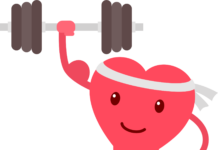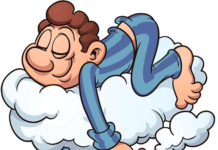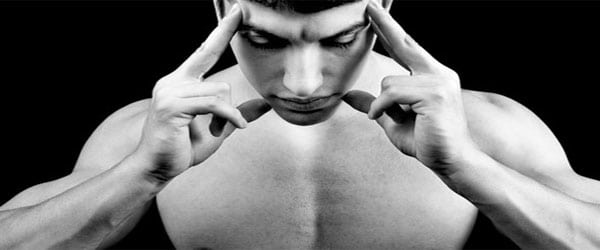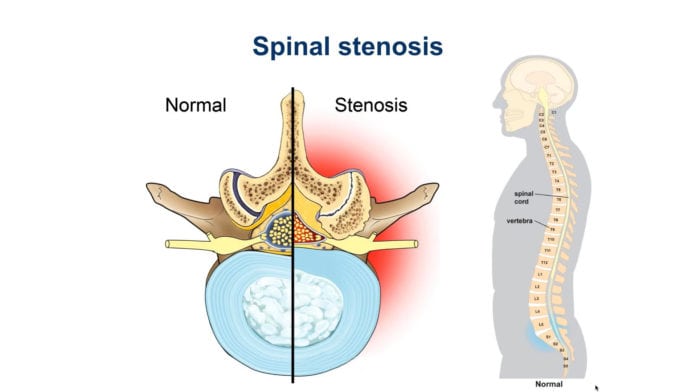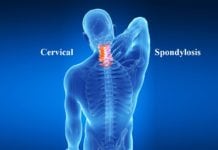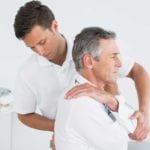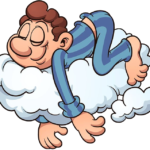Spinal stenosis is a symptom of a variety of muscular and skeletal conditions. As the spinal column narrows, it can cause pressure on the spinal cord, leading to intense back pain. Because the spinal cord connects nerves all over the body, it creates a shooting pain in other parts of the body.
There are two types of spinal stenosis:
- Lumbar stenosis – Located in the lower back, this may lead to sciatica and related symptoms.
- Cervical stenosis – Located in the upper back and neck, this can lead to fatal conditions such as paralysis or coma.
Though spinal stenosis is a symptom of various conditions, it can lead to a number of other symptoms. There are few treatments that can reverse the effects of spinal stenosis, so it is imperative that patients continue to visit their doctors and stay informed on their spinal health. While pain medication can help mitigate the impact of spinal stenosis, certain lifestyle changes and education are also important preventative measures.
Causes of Spinal Stenosis
- Age
- Development of bone spurs pushing into the spinal canal
- Breakdown of intervertebral discs
- Thickening of spinal ligaments
- Arthritis
- Osteoarthritis: Causes vertebra to slip and pinch spinal cord nerves
- Rheumatoid arthritis: Causes joint tissue to swell
- Heredity
- Spinal canal may simply be too small
- Vertebral structural deformities may lead to stenosis
- Spondylolisthesis
- Spinal instability can lead to slippage of vertebra
- Spinal Tumors
- Trauma
- Injuries may lead to burst fractures (where the vertebra becomes compressed)

Symptoms of Spinal Stenosis
Spinal stenosis may lead to a number of other pain-related symptoms:
- Numbness or shooting pain in the extremities
- Weakened muscles, more cramps
- Poor balance
- Difficulty walking or standing
- Irregular bowel movements
- Irregular weight gain or loss
- Fever
- Migraines
- Difficulty sleeping and concentrating when awake
Diagnosis and Treatment of Spinal Stenosis
Spinal stenosis is typically diagnosed after complaints of pain, especially after a physician asks the patient to do some spinal exercises. From here, the doctor will then take an X-ray or MRI of the spinal column. These imaging tests should provide the evidence needed for a diagnosis of spinal stenosis.
When it comes to treatment, there are a few options. If the stenosis is mild, the doctor may prescribe an oral pain medication. For moderate cases of stenosis, the doctor may inject pain medication directly into the spine.
Chiropractic treatment is also an option, as is physical therapy. Diet and daily exercise can help to reduce the onset of the condition, and doctors may recommend specific exercises to prevent the condition from progressing.
For serious cases of spinal stenosis, surgery may offer the best solution. This should reduce the pressure on the spinal column, but it is only recommended if the condition leads to more dangerous medical issues such as sciatica or paralysis. Patients who believe they have spinal stenosis should consult with a doctor immediately for a diagnosis.





